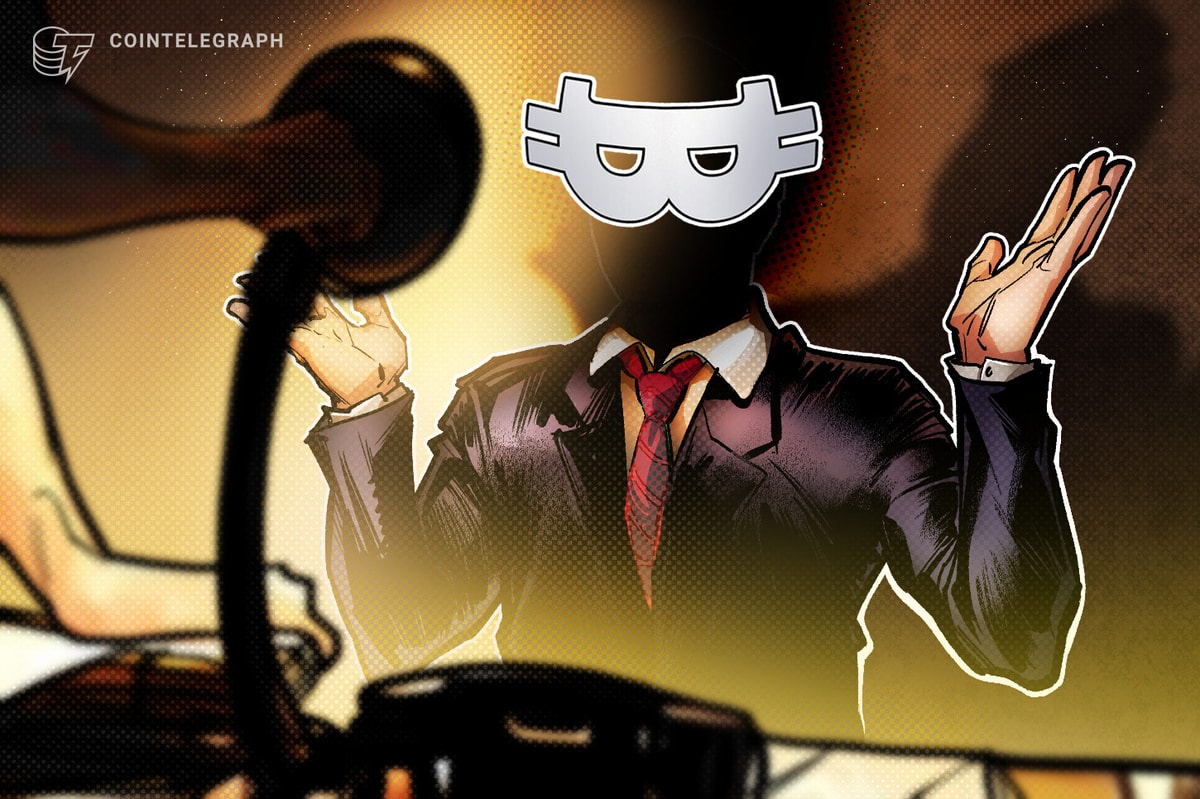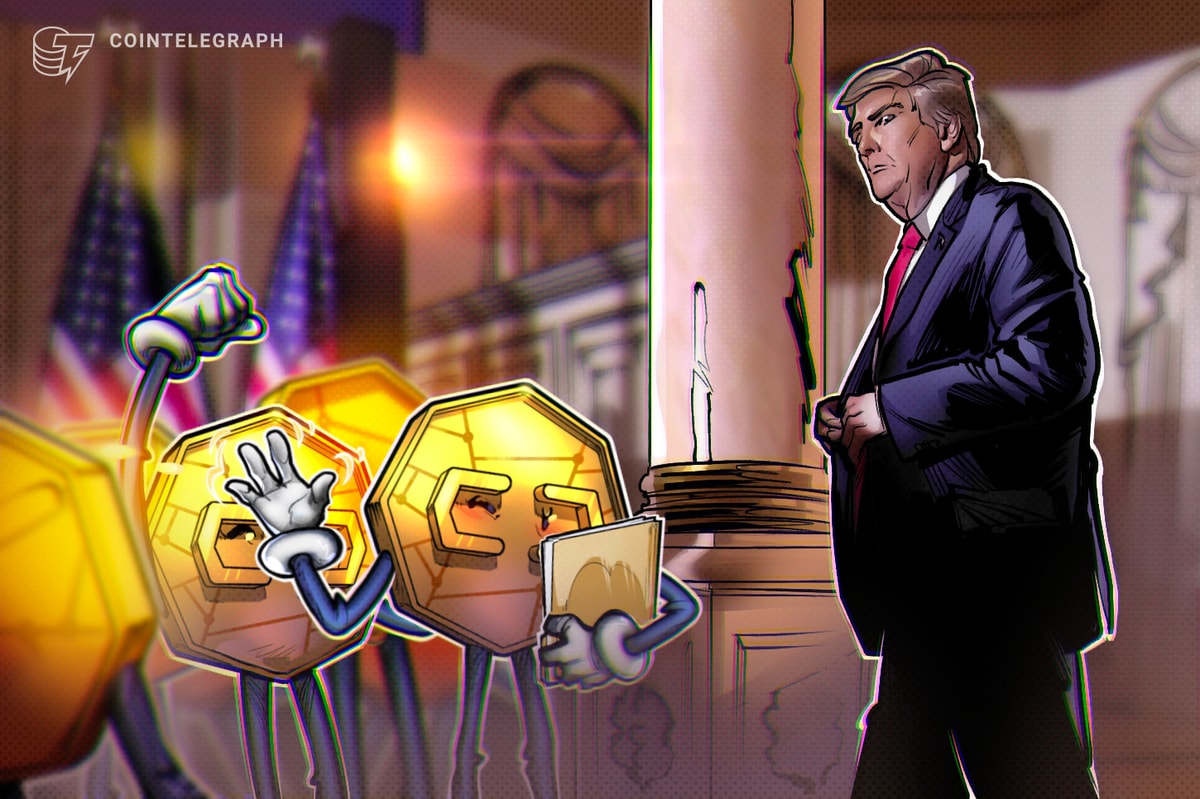[Update: An earlier version of this article stated that Tucker Waterman's identity was unknown, commentators have revealed to us that he is a filmmaker. We regret the error, but stand by the remaining article, a revised version follows below.]
The Uro Foundation announces the expansion of the URO ecosystem at the Urose 2014 Conference, held in Hong Kong on October 29.
Hosted by Urocoin (URO) initiator and chief development officer Bohan Huang, the Urose 2014 conference started with an introduction of the difficulties faced by emerging countries when deciding to enter the global market. Thus, the initiative behind Urocoin and the Uro ecosystem overall, focuses on facilitating local producers to gain access to much greater opportunities, through a "top-to-bottom" strategy.
The Uro Foundation is composed of 4 NIER members, which are urea wholesalers that had ratified the Uro protocol and had accepted URO as a mean of payment for urea shipments. The Board is composed of Green Earth Systems Ltd. (HK), Crown Team Corporation (China), Urea Trading India and CCL Pillay Group (South Africa). Although the foundation configuration would typically make anyone worry about potential cartel-ish decisions, Huang believes in a more optimistic ending.
The whole idea of Urocoin came to him through his former position at Green Earth Systems Ltd. (GES). Uro Foundation Board member and CEO and co-founder of Green Earth Systems Ltd. Nilesh Naire said his company was directly "approached by Bohan." "He had a new concept, we had a problem," continued the executive. "Additionally, it was difficult to understand the concept of the Urocoin and digital currencies. The more we researched it, the more it made sense. We looked at the benefits for Green Earth, and it suited us." Naire explained:
"The benefits of the Urocoin, we looked at it as a store of value, as well as the trading value, so the time, hours; it did save us more than 21 days. So that was quite interesting. We looked at it also as a promotion point, because we always deal with government contracts [...] and also, it increased our clientele base, at least 10% in the last year.
“We are part of the Foundation. At this stage, we are the major part of the Foundation [...] We're accepting urocoins in exchange of urea."
Naire's incentives seem clear and GES' acceptance of Urocoin is said to have benefit his company. While the entrepreneur demonstrated an elaborate speech on Urocoin's benefits, he was rather indisposed to tell me the sorts of activities his company was doing, cutting short the conversation with a "talk to Bohan about all this," telling me "Bohan will fill in with the information."

A lot of speculations have been spread by media outlets, accusing Urocoin and the Uro Foundation, of operating a well thought out scam. Notably, the media had pointed out the lack of transparency from the Foundation members, as well as controversial websites and social media accounts, allegedly created to lure potential investors and embellish the coin's branding through fake tweets and content.
When asking Huang how they manage all the scam allegations, he said they were "just ignoring them," because they "know it isn't real."
Urocoin was introduced to the public with a sexy pitch of being a "crypto-commodity." This innovative concept of pegging 1 URO on 1 metric ton of urea, seduced investors and supporters, who fairly saw through Urocoin a smart and ludic way of using the technology underlying cryptocurrencies to "answer real life issues." Not only did speakers overly used this argument to support the Uro project during interventions, it was also repeatedly mentioned during small talks at coffee break and dinner.
Even how charming the concept of a "crypto-commodity" might seem, 1 URO is far from being worth 1 metric ton of urea at the moment. Given the URO/BTC price at 0.005 BTC, BTC/USD at US$350 and the urea metric ton at US$325.63, as of September 2014, this makes URO worth as little as US$1.75, far behind from what it is supposed to be worth. Huang explained this ambivalence as one of their mistakes:
"Basically, we released too fast. [...] The release schedule was too short. We shouldn't have released all the 1 million urocoins in the first 6 months; it should have been spread out across 3 years. This was something we could not have predicted."
My dinner table neighbor introduced himself as Tucker Waterman, co-founder of VC investment firm Focus Investments. Focus Investments was earlier introduced by his colleague, Celu, who intervened for a brief speech in support of Uro. Waterman said his company invested in urocoins, and that, as of today, he was attending the conference to decide whether or not he should invest more money.
After asking Waterman for his contact information, and checking the domain name referred in his email address, it turned out that the domain name focusinvestments.co shows an empty website. Digging into the whois information, we learn that focusinvestments.co is registered since June 2014, by registrant Johnny Steindorff, a Malibu-based real estate agent.
Celambarasan Ramasamy said Tucker Waterman, Johnny Steindorff and himself, partnered up to create Focus Investments. Ramasamy and Waterman are involved in the Hollywood film industry, while Steidnoff has a real estate background.
During the conference, 9 people intervened to either support and share positive arguments in favor of the Uro project, or promote their own businesses. Notably, Joshua Bouw from Blackcoin was invited to talk about the altcoin he represented, but also Joshua Zeidner, who is said to be the creator of Polychains and Staked Proof of Work, and a representative from white label cryptocurrency exchange platform VBBB.com.

Fictional writer Paul Story also spoke and made a speech, basically on how innovative and genius was the whole idea of Urocoin. Digging into the speakers list, I could only find Joshua Bouw's virtual presence on various social media. Paul Story has a small profile page where he summarizes his writing career and seems to have no involvement whatsoever with the crypto community, while the name of Joshua Zeidner should sound familiar to anyone that has been involved in the NXT community.
Joshua Zeidner, aka Blue Meanie, is the man that allegedly stole 1,000,000 NXT to the community. Cointelegraph covered the story and made an extended investigation, which can be found here. Additionally, I could not find anything related to Zeidner’s Polychains project either.
$URO #UROSE in pictures Joshua Zeidner, Creator of Polychains and SPoW pic.twitter.com/3pPxMytCYU
— dark pill (@DanDarkPill) October 29, 2014Finally, Huang concluded the conference with URO’s new projects, including the creation of the Block Chain Foundation, "a non-profit organization [...] striving to encourage block chain adoption to facilitate dialogue with external industries, to foster talent and provide a means for developers to achieve their potential, thinkers to express and expand ideas, and organizations to understand, develop and adopt block chain technology," reads the official presentation.
Further, URO announced the launch of Uroex, a multinational fiat to blockchain currency exchange, which is said to be owned by a European holding firm; and Nuro, an open source blockchain currency banking application for non-technical users. Last but not least, URO is planning on launching other "crypto-commodities," including ones that would be backed by DAP (diammonium phosphate), sugar, soy and wheat.

Talking to Huang at the end of conference, he said he was "really satisfied with the event," and when asking him how many people he was expecting in the first place, he said a hundred. On this Wednesday, October 29, afternoon, at the luxurious InterContinental in Hong Kong, we were a total of 20 people (I counted). And among these 20 people, 8 were actual speakers.
Huang said he had contacted media outlets, but few responded, and among those, some had flight/booking troubles. I was actually the only person representing a media outlet at the event.
The URO team obviously has a lot of projects and ambitions when it comes to commodity-backed digital currencies. But before expecting anyone to back this whole project, there are still questionable statements and behaviors that should be clarified, as: Who were really these people at the Urose 2014 conference? Why aren’t we able to find any reliable document on the different businesses that are said to be involved in the URO ecosystem? And overall, what was this whole staging all about?
Did you enjoy this article? You may also be interested in reading these ones:











